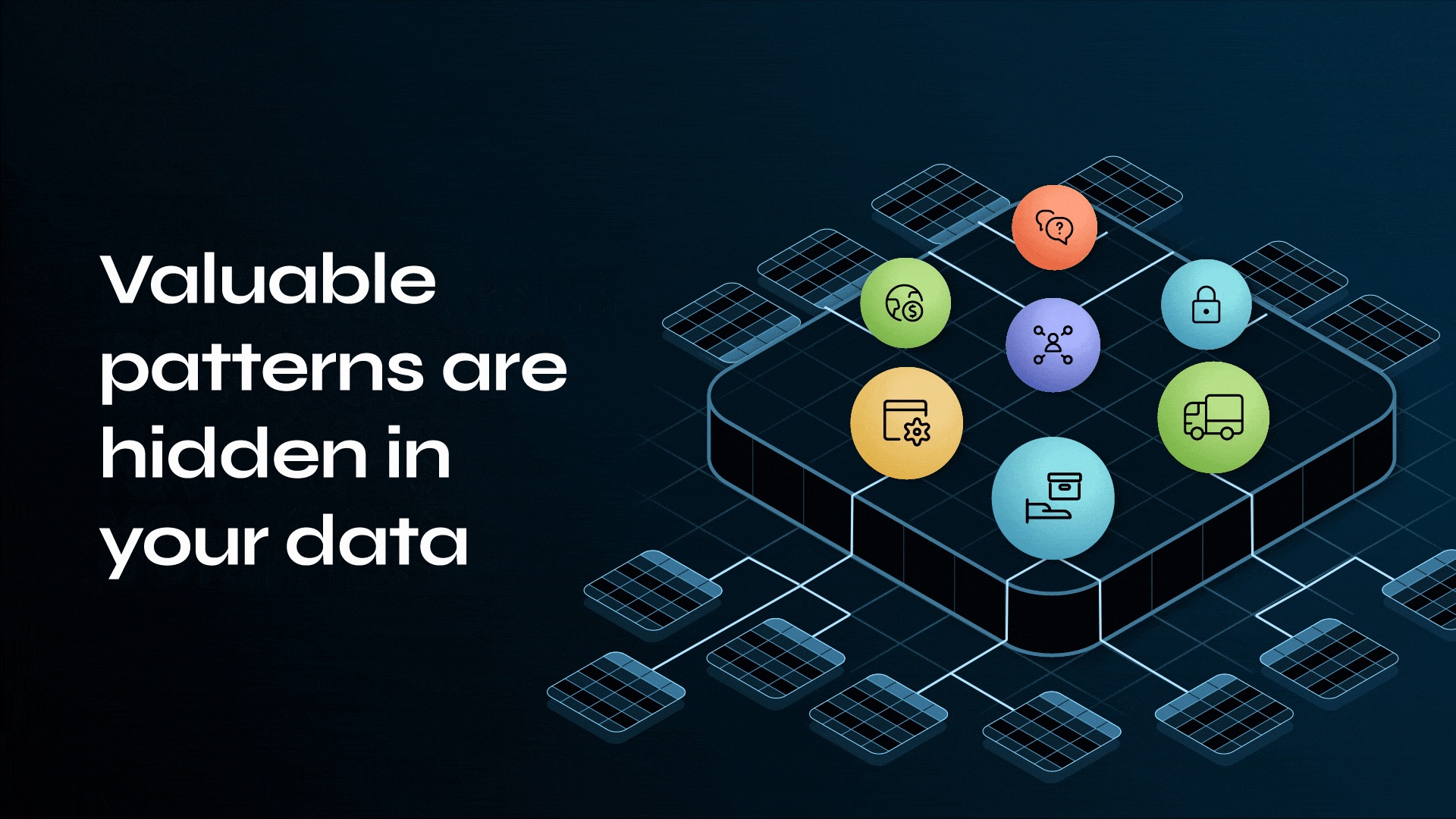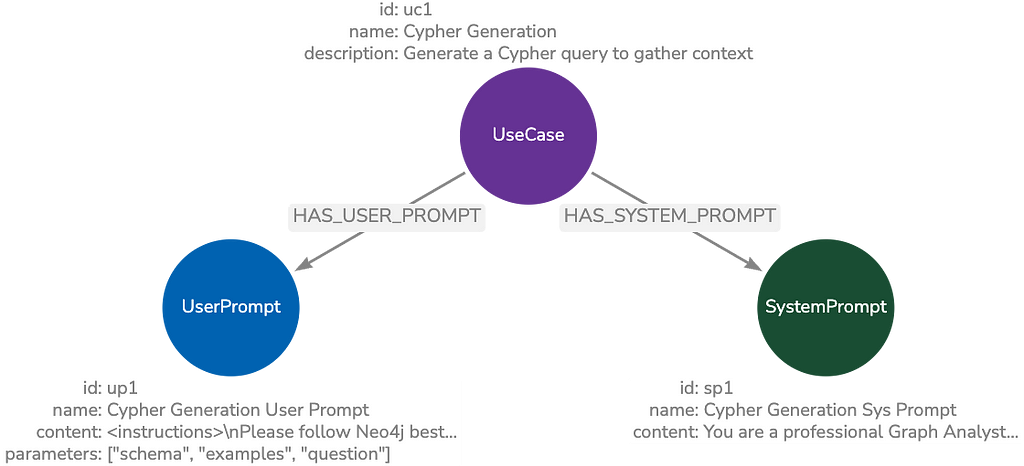GraphConnect Europe: Why you should skill up in Graph Databases
3 min read

Originally posted on the eSynergySolutions Blog

Graphs are everywhere.
It’s going off. The speed of technological change is startling and with this change comes opportunity. In this blog, I will talk about the need to take notice and upskill in graph databases- in particular Neo4j.
Why graph databases?
1) Relationships and recommendations
It’s all about relationships. Today’s problems are all about understanding interconnections. Graph databases make it easy to store and retrieve varied data, connected by rich relationships which relational databases struggle to express. Facebook, LinkedIn and Twitter have this firmly at the core of their businesses.
Graph databases are also perfect for recommendations systems that allow you to ask questions like: “If you know Fred you might know Bill?” or “If you like Jaws you might like Jurassic Park?”
2) Acquisitions, consolidation and the enterprise
DataStax recently acquired Titan graph database distributor, Aurelius. This demonstrates the desire for these products on the market.
Teradata has just released a new type of SQL called SQL-GR, with intention to make graph analytics easy for enterprise users, sitting alongside traditional databases.
3) Open Source, speed and geography
It’s about speed in taking products to market. Using graph databases allows you to build and deploy solutions quickly, allowing decisions to be made on real time data.
Graph databases allow modelling of complex connected datastructures, suited to routing and location tasks like: “Show me the shortest path between Paddington station and Brixton”.
A graph database can perform this complex search at very high speed, making them perfect for delivery and logistical problems.
It’s all about Open Source. There are a number of Open Source graph databases with regular contributors on GitHub and other repositories which are growing rapidly.
Why Neo4j?
1) Most prominent and relatively straight forward to pick up
Neo4j is the most popular in terms of jobs advertised and frequently features on CV’s. This is usually combined with a substantial number of contributions to Github and strong customer base of the likes of eBay, UBS and Lufthansa. Cypher is relatively straight forward, certainly if you have a SQL background.
Performance is excellent.
2) Most active in the community
Neo4j’s activity in the community is by far the most thriving. It has one of the best attended meet up scenes, thus easier to trouble shoot problems, meet others and build your own network.
3) Trajectory is only going one way
Demand for Neo4j is high and daily rates / salaries on offer are well above average. On the other hand, if you are looking to hire these skills to build out your team, there is a pool of talent to reach out to.
The uses and applications for graph databases seem endless and the trajectory for this technology is going into space- it’s a good bet for you to future proof demand for yourself.
What Next?
Tutorial sessions:
Blogs:
Graph Performance and Features
Graph Theory and Social Network Analysis
Graph Experiments and Visualisation
Formal training with Skills Matter and the legend who is Jim Webber:
Get yourself along to the meet ups:
About GraphConnect Europe
GraphConnect is the only conference focused on the growing world of Graph Database technology. It will bring together over hundreds of graphistas from around Europe to hear from hot startups and global 2000 companies alike about how they are using graphs to power their applications. Save 30% with code “U884ICL” and get your tickets now
Want to learn more about graph databases? Click below to get your free copy of O’Reilly’s Graph Databases ebook and discover how to use graph technologies for your application today.










